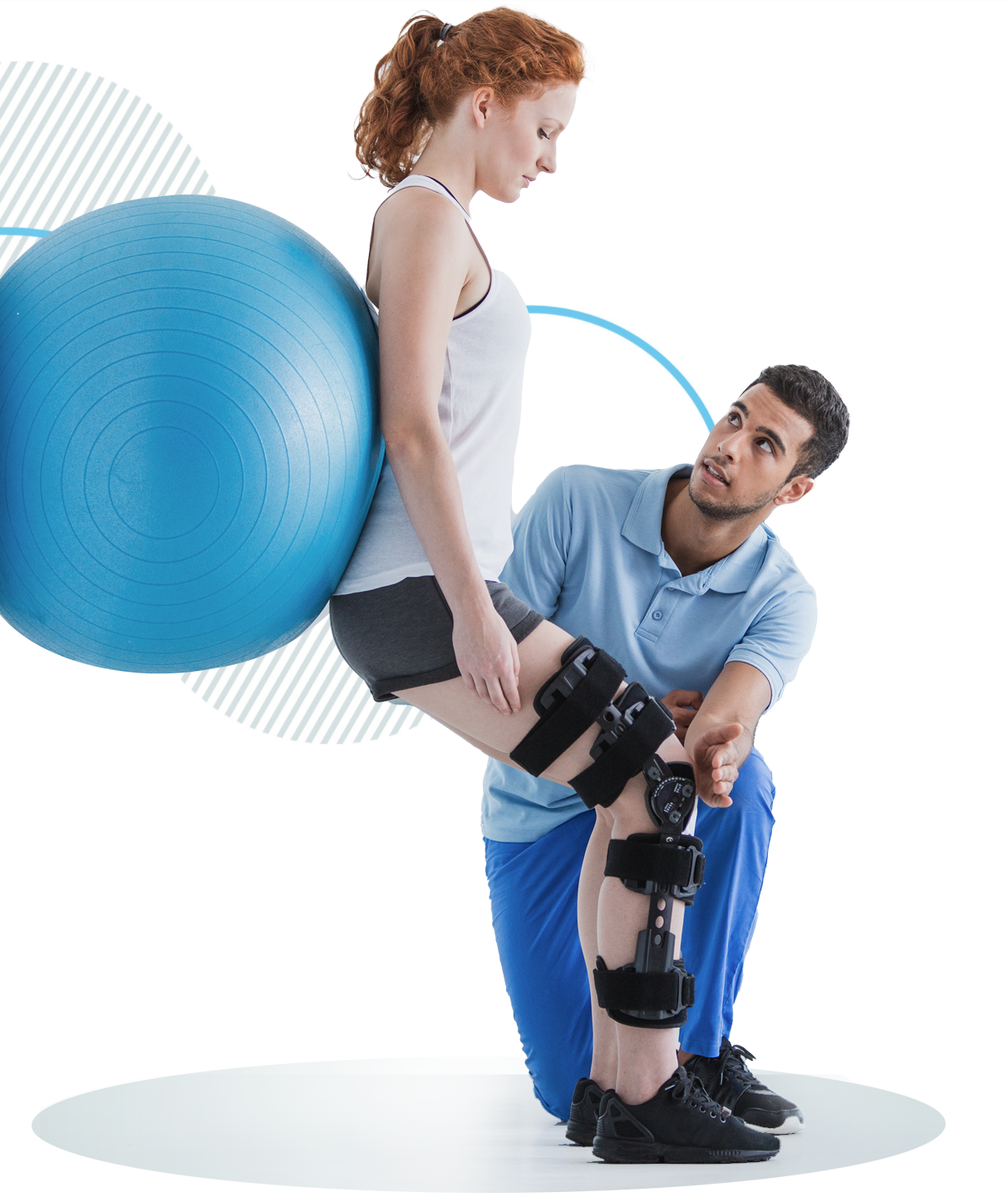Exploring the Impact of Manual Treatment Methods on Alleviating Muscle and Joint Pain and Improving Patient Outcomes
Exploring the Impact of Manual Treatment Methods on Alleviating Muscle and Joint Pain and Improving Patient Outcomes
Blog Article
Hands-on therapy techniques are hands-on approaches used by healthcare professionals to address musculoskeletal discomfort. These methods include different types of adjustment and mobilization of the human muscle tissue and joints. The goal of manual treatment is to alleviate discomfort, enhance movement, and enhance overall function. Numerous people suffer from musculoskeletal pain due to injuries, suboptimal alignment, or conditions like joint inflammation. By applying hands-on therapy, therapists aim to tackle these issues and help clients regain their quality of living.
One frequent manual therapy technique is spinal adjustment. This method involves using precise force to the spine to improve alignment and decrease pain. Research has shown that vertebral adjustment can be effective in treating lower back discomfort and neck discomfort. Another technique is gentle tissue manipulation, which focuses on reducing tightness in the muscles and soft tissues. This can help alleviate stiffness and enhance range of motion, making it simpler for clients to navigate without pain. Both methods can be customized to satisfy the specific needs of each client, ensuring a custom method to treatment.
In furthermore to discomfort alleviation, hands-on treatment can improve patient results in multiple aspects. For instance, it can boost circulation, which helps deliver nutrients and essential elements to the injured regions of the system. Better circulation can also encourage recovery and reduce inflammation. navigate here Furthermore, manual therapy can help patients develop better body awareness, which is essential for avoiding subsequent trauma. By comprehending how their physiques move, patients can make better informed choices about their activities and alignment, leading to sustained advantages.
The efficacy of hands-on therapy is often supported by client responses. Numerous individuals indicate significant improvements in their pain levels and overall function after undergoing treatment. This positive reaction can lead to greater drive for patients to engage in rehabilitative exercise and recovery exercises. When clients feel improved, they are much likely to participate in their recovery journey, which can additionally improve their outcomes. This collaborative approach between the therapist and the client is essential for attaining lasting results.
In summary, hands-on treatment methods play a vital role in relieving musculoskeletal pain and improving patient results. By applying methods such as vertebral manipulation and gentle connective tissue manipulation, healthcare professionals can help patients recover mobility and reduce pain. The advantages of hands-on therapy extend beyond immediate discomfort alleviation, as it also encourages recovery and encourages patients to take an proactive role in their rehabilitation. As more individuals seek efficient therapies for musculoskeletal issues, manual treatment continues to be an important option in the field of medicine.